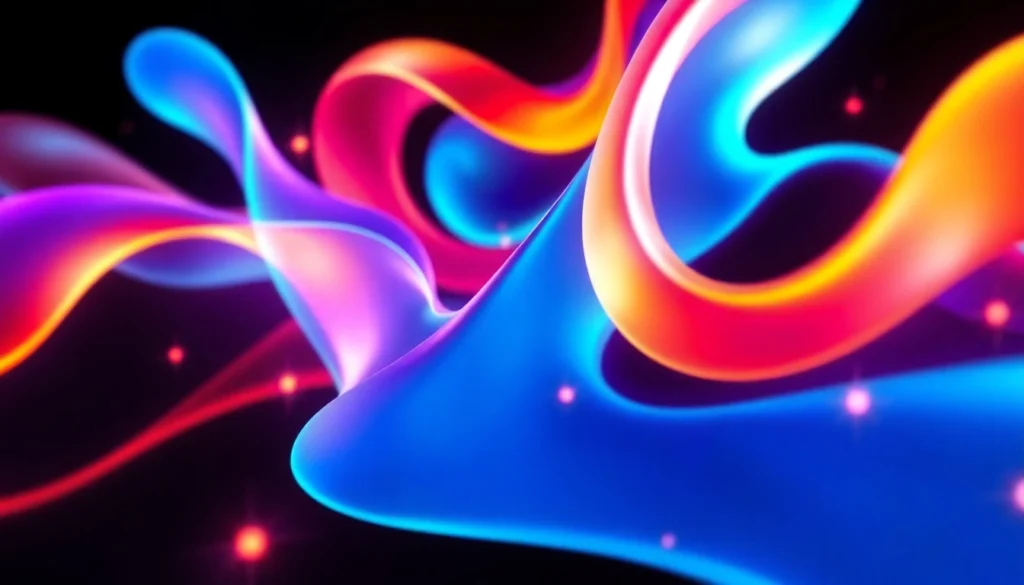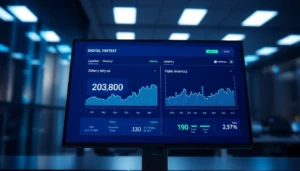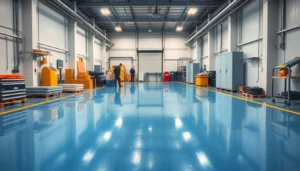Mastering Motion Design: Strategies to Elevate Your Visual Storytelling

In today’s digital landscape, visual storytelling has become more dynamic and engaging than ever before. At the forefront of this evolution is motion design, a versatile discipline that combines graphic design principles with animation techniques to create compelling visual narratives across a multitude of platforms. Whether you’re a seasoned designer or a beginner exploring new creative horizons, understanding the fundamentals of motion design is essential for crafting captivating content that stands out in the crowded digital space.
Understanding the Fundamentals of Motion Design
What Is Motion Design and Its Core Principles
Motion design, also known as motion graphic design, is the art of bringing static graphics to life through movement. It merges principles from graphic design, animation, and video production to generate animated visuals that communicate messages more effectively. The core principles include clarity, simplicity, and purpose. Every motion cue should serve a specific communicative function, whether it’s emphasizing key information, guiding the viewer’s attention, or enhancing brand recognition.
Foundational concepts such as timing, easing, and space are critical in achieving natural, smooth animations. For example, easing—gradually accelerating or decelerating movement—mimics real-world physics, making animations more relatable and engaging. A thorough grasp of these principles ensures your animations are polished and impactful, whether you’re designing a logo animation or an explainer video.
Key Elements and Techniques in Motion Graphics
The building blocks of effective motion design include typography, color, shape, and motion paths. Incorporating these elements thoughtfully enhances storytelling. Techniques such as keyframing allow precise control over animation timing, while masking and layering enable complex visual effects. Kinetic typography, for example, animates text to add emphasis and dynamism, significantly improving viewer engagement. Combining these techniques with principles like contrast and hierarchy ensures that your animations communicate clearly while maintaining aesthetic appeal.
Another crucial technique is the use of motion easing, which creates more natural movement by adjusting acceleration patterns. Additionally, the use of particles, light effects, and 3D layers has expanded the creative possibilities, allowing motion designers to craft immersive visual experiences that align with modern digital consumption patterns.
Common Challenges Beginners Face in Motion Design
Starting out in motion design often presents challenges such as mastering software complexities, understanding timing, and developing a cohesive style. Many beginners struggle with achieving smooth motion transitions or correctly applying easing techniques, leading to animations that feel jerky or unnatural. Additionally, creating content that is optimized across various platforms—web, mobile, social media—adds another layer of complexity.
The key to overcoming these hurdles lies in dedicated practice, leveraging templates and tutorials, and continuously analyzing successful motion design projects. Building a solid understanding of foundational principles and gradually experimenting with advanced techniques fosters growth and confidence in producing professional-grade animations.
Tools, Software, and Resources for Effective Motion Design
Top Software Solutions for Motion Design Professionals
Adobe After Effects remains the industry standard for motion design, offering a robust environment for creating everything from simple animations to complex visual effects. Cinema 4D complements After Effects for 3D modeling and animation, enabling designers to produce highly realistic and eye-catching graphics. Other popular tools include Adobe Premiere Pro for editing, Adobe Illustrator for vector assets, and vector-based software like Adobe Animate or the open-source Synfig Studio for 2D animations.
Web-based tools like Canva and Blender are also gaining traction for their accessibility and versatility, especially for beginners and freelancers. The choice of software largely depends on the project scope, budget, and specific creative needs.
Essential Plugins and Templates to Accelerate Workflow
To optimize efficiency, motion designers utilize plugins such as Video Copilot’s Element 3D for 3D integration within After Effects, and Red Giant’s suite for color correction and visual effects. Templates from sites like Motion Array or Envato Elements help streamline repetitive tasks, allowing designers to focus on customization and creative refinement. These resources are vital for producing high-quality outputs quickly, especially under tight deadlines.
Free and Paid Resources to Enhance Your Skills
Continuous learning is crucial in the ever-evolving field of motion design. Platforms like Motion Design School offer online courses tailored to various skill levels, from beginner to advanced. YouTube channels such as Motion Design School provide free tutorials on workflow optimization and new techniques. For free assets, sites like Unsplash, Pixabay, or Mixkit provide high-quality images and videos to incorporate into projects. Paid memberships often grant access to exclusive assets, premium courses, and industry insights, empowering designers to elevate their craft consistently.
Practical Tips for Creating Impactful Motion Design Projects
Concept Development and Storyboarding
Every successful motion project starts with a solid concept. Developing a clear storyboard helps visualize the narrative flow and plan animations in detail. Use sketches or digital tools like Adobe Photoshop or Storyboarder to map out key scenes, timing, and transitions. Clear storyboarding minimizes revisions during production and ensures all stakeholders are aligned on the creative direction.
Animation Best Practices and Easing Techniques
Achieving smooth, professional animations involves mastering easing and timing. Incorporate the principles of slow-in, slow-out, and overshoot easing to mimic real-world physics, adding realism to your movements. Pay attention to the pacing—fast motions convey energy, while slower transitions imply elegance or focus. Experiment with graph editors within your software to fine-tune these effects for maximum impact.
Optimizing Motion Graphics for Different Platforms
Designs should be adaptable to various screens and media formats. Use responsive design principles, optimizing resolution and aspect ratios for web, mobile, and social media channels. For example, social media videos often require shorter durations and bold, eye-catching visuals. Export settings such as codecs, bitrates, and file sizes must align with platform specifications to ensure quality without sacrificing load times or performance.
Showcasing Examples and Inspiring Creativity
Analysis of Successful Motion Design Campaigns
Campaigns like Apple’s product launches or Nike advertising leverage animated visuals to tell stories that resonate emotionally. These projects employ sleek transitions, strong branding, and precise timing to captivate audiences. Analyzing such campaigns reveals techniques like minimalistic motion, strategic color use, and kinetic typography that can be adapted for your projects.
Breaking Down Popular Motion Graphics Projects
Studying animations on platforms like Behance or Vimeo provides insight into diverse styles and methodologies. For example, animated logo reveals often use simple shape transformations and easing to create memorable impressions. Dissecting these projects helps identify core techniques and inspires innovative approaches in your work.
Innovative Trends to Watch in Motion Design
Emerging trends such as 3D motion graphics, augmented reality integration, and AI-assisted animation are reshaping the industry. Interactive motion graphics that respond to user input are becoming more prevalent, creating immersive experiences. Staying updated with these trends ensures your skill set remains relevant and competitive.
Building a Career and Growing in Motion Design
Essential Skills and Certifications for Success
Beyond technical proficiency, soft skills like storytelling, problem-solving, and collaboration are vital. Certifications from reputable platforms—such as Adobe Certified Expert or industry-specific courses—serve as credentials that validate your expertise. Building a strong portfolio showcasing diverse projects accelerates career advancement.
Networking, Portfolio Building, and Finding Clients
Active participation in online communities like Reddit’s r/MotionDesign or Behance allows you to exchange ideas and receive feedback. Attending industry conferences and local meetups fosters professional connections. A well-organized, visually appealing portfolio website demonstrates your capabilities and attracts potential clients or employers. Testimonials and case studies further reinforce your credibility.
Salary Trends and Job Opportunities in Motion Design
According to recent data, skilled motion designers are increasingly in demand, with competitive salaries reflecting industry growth. Entry-level positions often start around $50,000 annually in the US, while experienced professionals or specialized experts can command well over $100,000. Remote work opportunities and freelance gigs provide additional avenues for income, allowing flexibility and diversification in your career trajectory.







